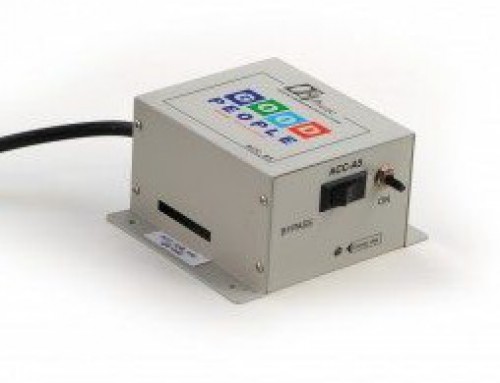I found myself at the Cornell Food Systems Global Summit in Ithaca, NY on Monday. It was a great conference and I had an opportunity to catch up with an old friend and make some new ones. But one of the most exciting things (for me anyway), was experiencing the Upstate debut of Juice Press bottled juices. The juices I tried were amazing (more on that below), but what I really liked was their business model. They are committed to organic, unprocessed, fresh juices. But how do you actually distribute that?
I had just stumbled into the conference after a couple hours on the road, searching for coffee and something to eat, when my eyes landed on this amazing spread of juices. There must have been a dozen flavors. I had to ask for a tour. They all sounded interesting and well-worth trying, from Simple Green, a green vegetable juice, to Cold Brewed Almond Latte. Their rep used questions to help keep me from choosing something too spicy or too green. It was pretty cool seeing someone take the care of a sommelier to guide me to the right juice choice. I ended up going with Doctor Green Juice, since it’s their most popular and I thought kale juice moderated with apple and pineapple juice and ginger sounded like a good fit for my tastes. It was tasty and healthful and I resolved to check them out later to try something else—it only seemed fair to let other conference attendees have their shot before I came for seconds.
I made it back after lunch to pick up a JP Black, a vanilla almond milk made like no other almond milk, with coconut water, almonds, and Juice Press’s vegan probiotic. It was so yummy. It was probably best that they had run out by then—though I wish I could have snagged one of the Matcha Green Tea Latte’s to bring home for my wife.
So, as I came to understand their approach to fresh juice, I became really curious about how they were handling distribution. By their own admission, their juice should be consumed within 2 days of hitting the bottle. It would be pretty challenging to distribute this stuff through trucks and warehouses, as much as it would probably be a hit with health food stores and gyms. It turns out that their business model is based around direct sale through their own retail outlets. They are up to 18 stores in the NYC area. It’s about the juice, but they also sell raw foods, soups, and chocolates in their stores. They also sell online and ship, but the need for speed makes it pricey. I’ll be down there in January, so I will definitely have to check out one of their shops first hand.
The freshness requirements require that they tightly control their distribution and many food entrepreneurs can tell you the challenges of self-distribution. But Juice Press is going after it and growing their own retail distribution network quickly. Starting up in NYC certainly seems to help, but I’m sure they aren’t stopping there (though my suggestion that Cooperstown could use a store seemed to meet with a blank stare).
The bottom line is that they are committed to making the best and healthiest juice possible. If that means rewriting the playbook on juice distribution, then so be it. It’s awesome and I wish them all the best. Check them out online at www.juicepress.com.







